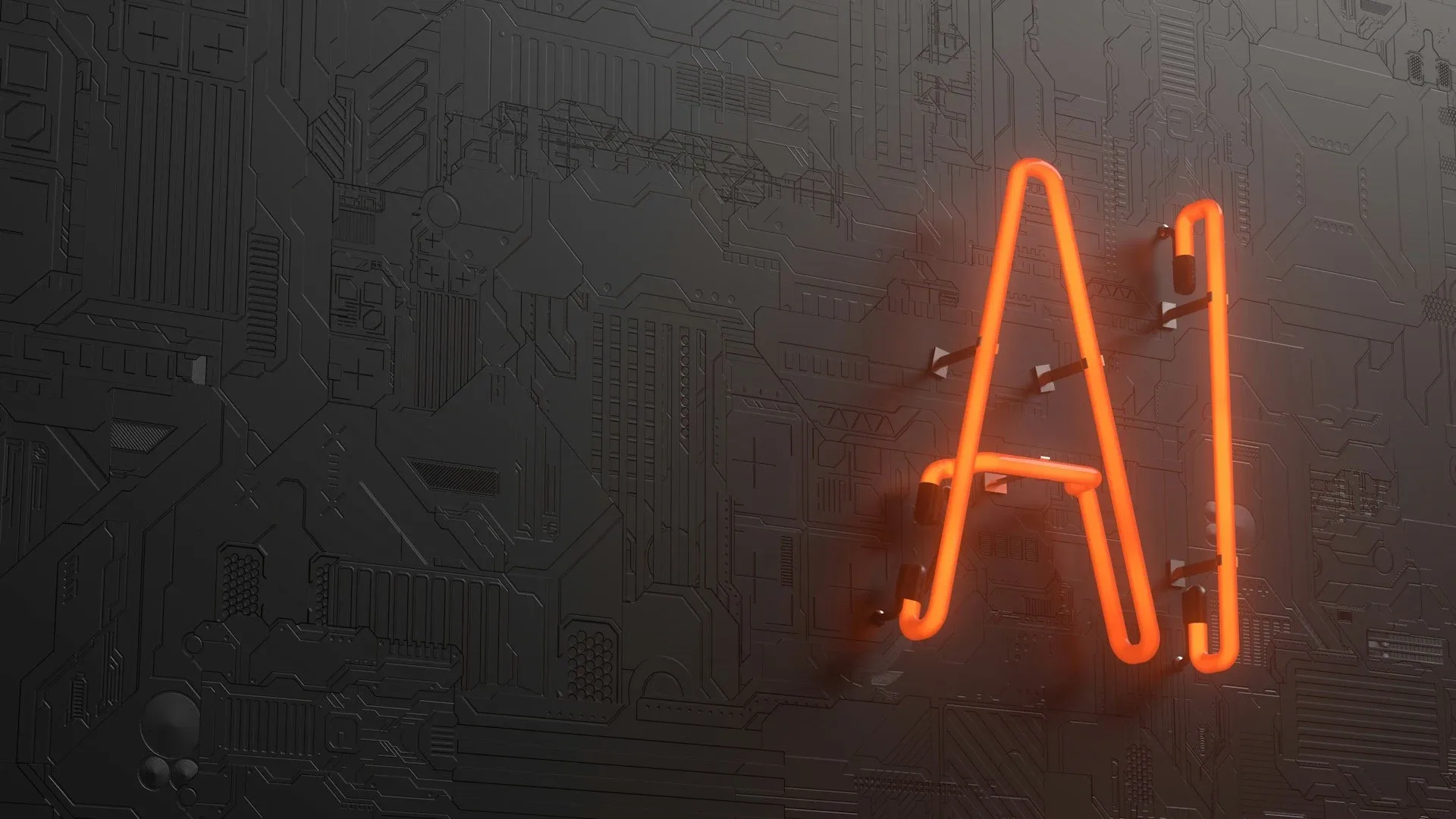Software estimation has always been part science, part intuition.
But in 2025, AI-powered software project estimation tools are changing that balance for good.
Artificial intelligence no longer belongs only to code generation or analytics.
It now helps teams estimate projects faster, manage uncertainty, and communicate effort with unprecedented accuracy.
This article explores how AI is transforming modern software project estimation tools, why it matters for agencies and development teams, and how to choose the right approach for your workflow.
Table of Contents
- The evolution of software project estimation
- Why traditional estimation methods fail today
- What AI brings to software project estimation tools
- How AI-powered tools actually work
- Benefits of AI-driven estimation
- Challenges and limitations of AI in estimation
- AI features to look for in software project estimation tools
- Real examples: how AI improves daily workflows
- How devtimate uses AI to make estimation faster and smarter
- Checklist
- FAQ
The evolution of software project estimation
A few years ago, project estimation meant long meetings, spreadsheets, and rough guesses.
Each developer estimated based on personal experience, and PMs combined those numbers into a total.
It worked, but it was inconsistent and slow.
As teams grew and client expectations increased, the need for software project estimation tools became clear.
The first generation of tools simply digitized spreadsheets.
The second generation added templates, collaboration, and exports.
Now, the third generation powered by AI focuses on speed, accuracy, and learning.
Why traditional estimation methods fail today
Traditional estimation relies heavily on human judgment.
That creates several problems:
- Every estimator uses different logic
- Past data is rarely reused effectively
- Small errors accumulate across projects
- The process takes days instead of hours
Modern agencies operate in a faster world. Clients want clear, data-driven answers, not “educated guesses.”
That is where AI comes in.
AI makes estimation repeatable, scalable, and evidence-based.
What AI brings to software project estimation tools
AI gives modern software project estimation tools the ability to learn from history, analyze context, and assist teams in real time.
Here are the biggest shifts AI introduces:
-
Pattern recognition
AI identifies similarities between new projects and historical data, helping you estimate effort more precisely. -
Automatic scoping
It can parse briefs, proposals, or SRS documents and convert them into structured modules. -
Effort prediction
Machine learning models predict approximate time ranges based on comparable past projects. -
Anomaly detection
AI highlights modules that look inconsistent or risky compared to typical estimates. -
Continuous learning
Each new project improves accuracy. The more you estimate, the smarter the tool becomes.
This turns estimation from a static task into a dynamic feedback loop.
How AI-powered tools actually work
AI-driven software project estimation tools combine multiple layers of intelligence:
1. Natural Language Processing (NLP)
AI reads and understands client documents, extracting meaningful components such as modules, features, and dependencies.
For example, if the brief says “integrate Stripe payments,” the system categorizes it as an integration task and applies typical time ranges.
2. Predictive modeling
Machine learning models use historical data to generate baseline estimates for similar modules.
They consider variables like project type, complexity, and team composition.
3. Confidence scoring
Instead of giving one number, AI tools assign confidence levels to each part of the estimate.
This helps PMs focus discussions where uncertainty is highest.
4. Contextual recommendations
AI suggests assumptions, risks, or dependencies that were common in previous similar projects.
It reduces the cognitive load of remembering everything manually.
Benefits of AI-driven estimation
Adopting AI in your estimation process delivers both quantitative and qualitative improvements.
Faster estimates
What used to take hours can now take minutes. AI generates the first draft, leaving humans to review and adjust.
Better accuracy
AI eliminates human bias and leverages historical data to reduce underestimation and overconfidence.
Consistency across teams
Everyone follows the same logic and structure, even when different people prepare the estimate.
Improved client communication
AI-powered software project estimation tools can automatically produce clear, client-ready language instead of raw technical jargon.
Reduced cost of estimation
Automation shortens the pre-sales cycle, letting agencies focus more time on delivery and client relationship management.
Challenges and limitations of AI in estimation
While AI improves consistency and speed, it does not remove the need for human judgment.
There are still important limitations to remember:
-
Garbage in, garbage out
AI models rely on clean, relevant data. Poorly labeled historical estimates lead to weak predictions. -
Contextual interpretation
AI can miss business nuances, such as client priorities or strategic trade-offs. -
Overreliance
Teams may trust AI outputs blindly without verifying assumptions. -
Ethical and privacy considerations
Sensitive client data must be handled securely, especially when training models.
The best approach is hybrid: let AI do the heavy lifting, while humans validate and communicate context.
AI features to look for in software project estimation tools
If you are exploring new software project estimation tools, focus on how AI is actually implemented, not just mentioned in marketing.
| Feature | Why it matters |
|---|---|
| Document analysis | Automatically parses RFPs, briefs, or user stories |
| Time range prediction | Suggests realistic effort ranges, not fixed hours |
| Risk detection | Flags unclear or high-variance areas |
| Learning engine | Improves over time with your data |
| Assumption suggestions | Adds clarity without manual effort |
| AI-generated proposal draft | Saves time on client-ready output |
These capabilities distinguish genuine AI systems from simple automation scripts.
Real examples: how AI improves daily workflows
Imagine receiving a vague project brief:
“We need a platform where users can book sessions, manage profiles, and pay online.”
An AI-powered software project estimation tool can:
- Detect entities like “booking system,” “user profiles,” and “payments”
- Match each to pre-existing modules
- Suggest time ranges based on complexity
- Highlight missing details such as “admin management” or “API access”
- Draft assumptions for review
What used to take a full day now happens in minutes.
You can refine the results and send a confident proposal before competitors even start estimating.
How devtimate uses AI to make estimation faster and smarter
At devtimate, AI is not a buzzword.
It is built into every step of the estimation workflow.
Here is how devtimate applies AI to transform how software teams estimate projects:
-
Automatic brief analysis
Upload an RFP or client specification, and AI identifies modules, integrations, and key entities automatically. -
Dynamic time range generation
Based on past projects, devtimate suggests realistic effort ranges for each feature. -
Assumption generation
The system proposes standard assumptions, helping you communicate uncertainty with clarity. -
Template-based improvement
Each project strengthens your template library and improves future predictions. -
Instant proposal export
Once the estimate is approved, you can export it as a branded, client-ready proposal with one click.
The result is a faster, more transparent process that helps software agencies win projects with confidence.
You can try it free at devtimate.com.
Checklist
✅ Use AI to analyze project briefs quickly
✅ Always review and confirm AI-generated estimates
✅ Combine machine intelligence with human context
✅ Track historical accuracy to improve models
✅ Evaluate AI features carefully before buying any tool
✅ Use tools that keep data private and secure
FAQ
1. Can AI completely replace human estimators?
No. AI assists humans by automating repetitive tasks and pattern recognition, but human judgment is still required for context and communication.
2. How accurate are AI-based software project estimation tools?
When trained on high-quality data, they can improve accuracy by 20–40 percent compared to manual estimation.
3. Do AI estimation tools work for all types of projects?
They work best for web, mobile, and SaaS projects with structured deliverables. Highly experimental R&D work still requires manual judgment.
4. Is my data safe when using AI-powered tools?
Reputable platforms like devtimate use secure environments and never share or train global models on private user data.
5. How can AI speed up the sales process?
By generating first-draft estimates in minutes, AI shortens the feedback loop with clients, allowing you to send proposals faster and close deals sooner.
AI is not replacing estimators. It is elevating them.
Modern software project estimation tools powered by AI turn guesswork into structured logic and bring a new level of speed and trust to the process.
Start exploring how AI can improve your own workflow with devtimate the intelligent estimation platform built for teams that value clarity, precision, and speed.

